#daiei film
Text

NO GYAOS DON'T DRINK THE BONG WATER
#jenny watches gamera#gamera#gamera vs gyaos#gyaos#daiei#daiei film#tokusastu#kaiju#toku#gojiposting#goji#godzilla
536 notes
·
View notes
Text

Guiron preparing some kaiju sushi.
97 notes
·
View notes
Photo
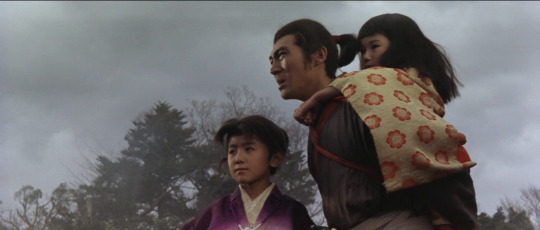





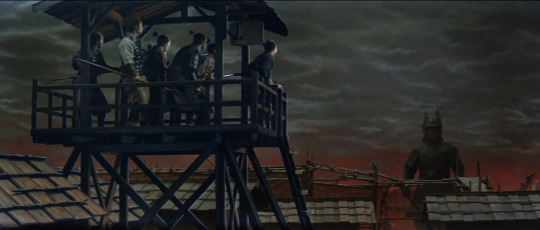
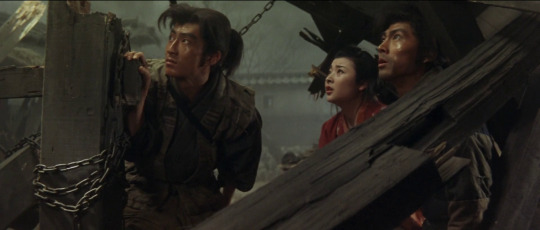


Daimajin (1966)
『 大魔神 』
Written by Tetsuro Yoshida 吉田哲郎
Directed by Kimiyoshi Yasuda 安田公義
#Daimajin#大魔神#Tetsuro Yoshida#吉田哲郎#Kimiyoshi Yasuda#安田公義#japanese cinema#japan#japanese film#japanese movies#kaiju#kaiju eiga#Daiei#Daiei film#Tokusatsu#特撮#japan film club
55 notes
·
View notes
Text
The Cinema Film Of The Week - Gamera vs Zigra
Directed By Noriaki Yuasa

Story By Niisan Takahashi
Starring Eiko Yanami, Reiko Kasahara, and Mikiko Tsubouchi
Music By Shunsuke Kikuchi
Distributed By Dainichi Eihai
Release Date July 17, 1971
Country Japan
(Art By Matt Frank)
10 notes
·
View notes
Text

THE RETURN OF DAIMAJIN (Daiei, 1966)
#tokusatsu#Daiei#Daiei Film#Kaiju#Daimajin#science fiction#japanese sci fi#japanese culture#japanese pulp#pulp science fiction#japanese science fiction#japanese movies#japanese film#retro scifi#sci fi#60s movies#1960s cinema#1960s films
42 notes
·
View notes
Text
Zatoichi, o Samurai (Zatoichi kenka-tabi, 1963), dir. Kimiyoshi Yasuda.
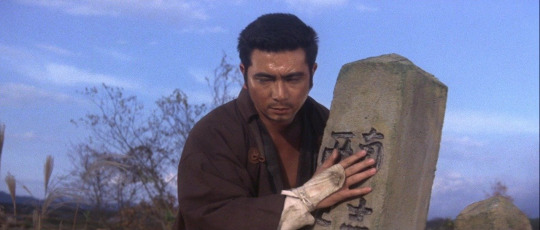



Review originalmente postada: 26/Fev/2023 no Letterboxd.
A cada filme o Zatoichi fica mais carrancudo, neste quinto filme foi explorado uma das tropes que mais gosto e nos dias de hoje, está ainda mais popular: O personagem carrancudo que é posto sem querer para proteger alguém mais frágil.
Acabou que vimos concomitante uma versão perversa e compassiva do Ichi. Está dualidade depende de cada pessoa que o interage com o personagem, para um amigo ou alguém que está protegendo, um ser sensível aparece, e para os inimigos, um ser dissimulado e impiedoso.
Outro ponto do filme, é a questão social, onde mesmo pessoas que seguiam caminhos honestos, acabam se tornando desprezíveis por causa da ganância provocada pela pobreza. Creio que seja dos primeiros filmes, o que mais discute essa questão.
Por causa da evolução do personagem para um ser mais carrancudo, este filme tem as cenas de ação mais violentas comparado aos outros.
#Zatoichi On the Road#Zatoichi#Shintaro Katsu#jidaigeki#chambara#samurai#yakuza#Daiei Film#movie#japan movies#movies#cinema#japan cinema#japanese cinema
0 notes
Text
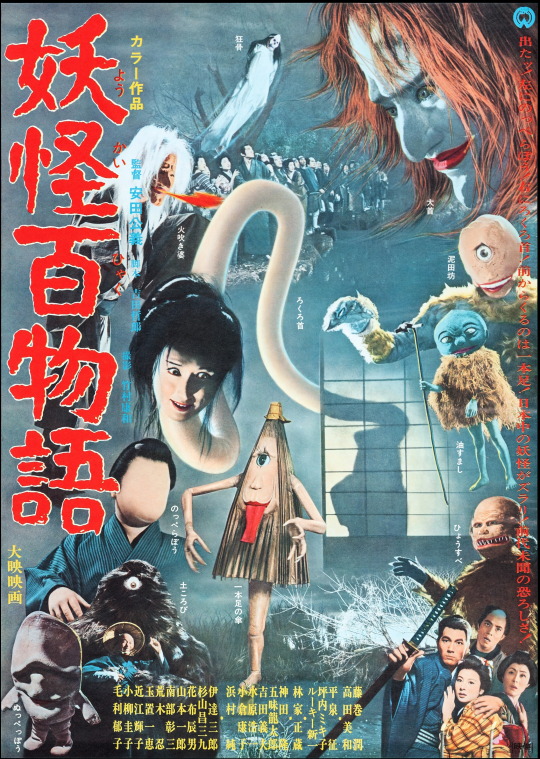
100 Monsters (Daiei, 1968)
77 notes
·
View notes
Text

Inktober 2023 Day 2- DAIMAJIN!
-One of the most best samurai-period kaiju films you may not have ever heard of! Daiei Film’s (the creators of Gamera), other mighty monster Daimajin, a giant living statue, possessed by an angry mountain deity,is awakened by an exiled princess, to save her brother and mentor, and to wreck destructive vengeance upon the tyrannical feudal lord who usurped their family and enslaved their land!
#my art#artists on tumblr#art#fan art#inktober#inktober 2023#Inktober 2023 day 2#kaiju#daimajin#daiei films#showa era#shows era kaiju#living statue#micron pens#masters touch markers#pen and ink#illustration#traditional art#comic art#manga art
13 notes
·
View notes
Text
Recently Viewed: Ken (The Sword)
[The following review contains MAJOR SPOILERS; YOU HAVE BEEN WARNED!]
Kenji Misumi’s Ken (or The Sword, if you prefer translated titles) opens with an exquisitely crafted montage depicting excruciating physical exertion. The sun blazes blindingly overhead, shining more brilliantly than it did in Akira Kurosawa’s Rashomon. Cold, steely eyes narrow with unwavering resolve. Beads of sweat glisten on the subject’s forehead, soaking the furrowed brow. Muscles tense with effort, so firm and taut that they threaten to tear the skin. And through it all, a bamboo sword slices the air, as rhythmic and relentless as the labored beating of a heart.
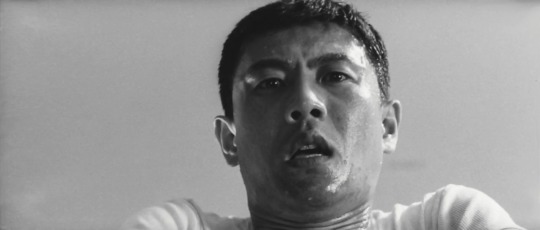
Such imagery recurs throughout the film. A later training sequence, for example, frequently cuts to disorienting POV shots as the characters do dozens, then scores, then hundreds of push-ups; the ground repeatedly rushes up to meet the camera, grit and pebbles blurring in and out of focus as perspiration drip-drip-drips onto the soil. Between sets, the exhausted athletes collapse, panting and thoroughly drenched; when they reluctantly rise to resume their monotonous, Sisyphean task, damp silhouettes of their bodies remain imprinted on the wooden planks of the dojo’s floor.
While they appear straightforward self-explanatory on the surface, these scenes are pregnant with deeper significance, elegantly conveying pretty much every one of writer Yukio Mishima’s thematic preoccupations via movement and action alone: his admiration of the human (masculine) physique, especially when it’s meticulously sculpted and/or strained to the absolute limits of fitness; his reverence for such “traditional Japanese values” as discipline, honor, and loyalty; his glorification of what I’ll charitably refer to as “youthful simple-mindedness” (a topic that he discusses in almost uncomfortably candid detail in Confessions of a Mask); and his obsession with the perverse, paradoxical overlap between violence and sex. Indeed, Misumi even addresses the subtextual—and sometimes blatantly, brazenly textual—homoeroticism that permeates the author’s work, staging an audacious bathhouse brawl that anticipates David Cronenberg’s Eastern Promises (albeit sans the graphic full-frontal nudity).

Of course, considering this is Mishima that we’re talking about—for further context, see Paul Schrader’s Mishima: A Life in Four Chapters, a sublime biopic that revolves around the controversial novelist’s very public seppuku—it’s hardly a spoiler to reveal that the movie also (somewhat regrettably) unapologetically romanticizes suicide. After the protagonist (played by Raizo Ichikawa, who personifies Mishima’s core philosophy with a cool, aloof, enigmatic stoicism) is duped into believing that he’s utterly failed in his duties as captain of his university’s kendo club, he chooses to end his life on his own terms, preserving his “purity” and “dignity” by leaving behind a corpse so angelic and radiantly beautiful that it causes spurned lovers, stern mentors, bitter rivals, and envious subordinates alike to weep tears of remorse.
Misumi’s visual style perfectly complements the melodramatic narrative. The stark black-and-white cinematography, with its deep, moody shadows, mirrors our hero’s rigid, inflexible worldview. The compositions are equally evocative: the cramped, claustrophobic framing and oppressively symmetrical blocking (which mimic the surrounding architecture) trap the characters both figuratively and literally, lending the tragic conflict a palpable atmosphere of inevitability. This bleak, somber tone distinguishes Ken as a major departure from the director’s usual fare—particularly his numerous contributions to the chanbara genre, including most of the Lone Wolf and Cub series and some of the best installments in the Zatoichi franchise—and it’s more compelling for it. Misumi was, after all, a lifelong workhorse for Daiei (alongside such esteemed contemporaries as Kazuo Mori and Kazuo Ikehiro); how delightful, then, to learn that he occasionally helmed the studio’s “prestige” projects in addition to churning out countless B-pictures.
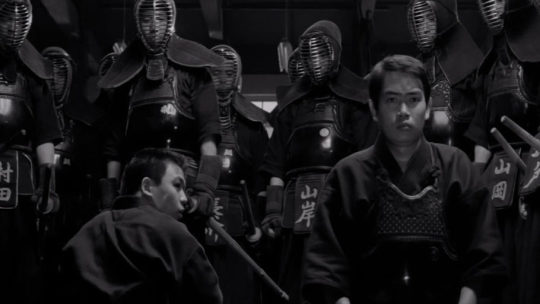
I first discovered the existence of Ken over a decade ago, when I encountered a brief summary of its plot in the pages of critic Patrick Galloway’s essential Warring Clans, Flashing Blades, and I’ve been desperately searching for a (legal) copy ever since. I’m glad that I was able to finally experience it on the big screen—in borderline pristine 4K to boot, thanks to Janus Films’ gorgeous restoration—courtesy of MoMA. Hopefully, a home video release will follow in the near future; despite its obvious flaws, it is a story that demands multiple viewings and reevaluations.
#Ken#The Sword#Ken (The Sword)#Kenji Misumi#Daiei#Raizo Ichikawa#MoMa#Museum of Modern Art#Janus Films#Japanese cinema#Japanese film#film#writing#movie review
2 notes
·
View notes
Audio
From director Kenji Misumi and starring the prolific actor Kazuo Hasegawa comes YOTSUYA KAIDAN (1959)!
This adaptation of the iconic kabuki play offers a unique remix of classic moments, but at what point do we lose the original intent of those scenes?
Context setting 00:00; Synopsis 32:15; Discussion 44:26; Ranking 53:48
#podcast#yotsuya kaidan#kazuo hasegawa#kenji misumi#daiei#daiei film co#yasuko nakata#yoko uraji#mieko kondo#joji tsurumi#hideo takamatsu#narutoshi hayashi#chieko murata#horror#classic horror#kaidan#kwaidan#tokaido yotsuya kaidan#kabuki#tsuruya namboku iv#ghost story of yotsuya
3 notes
·
View notes
Text
Jiger might be one of my favorite Kaiju in the Gamera franchise so far btw. Like, I actually quite enjoy all of them, they're very zany and unique, but Jiger in particular is interesting to me.

She's hard to describe, design-wise, but to me she's very much a foil to Gamera in a way most of his enemies aren't. She's a large, prehistoric reptile, has a heat based long range attack (her "magnetum beam" to Gamera's fire breath), and while Gamera propels himself with flaming jets, Jiger sprays saltwater jets to achieve a similar effect.

She also has a pretty fun ability to fire parts of her little nose spikes like rockets, which are described as "solid salvia." Delightfully icky.
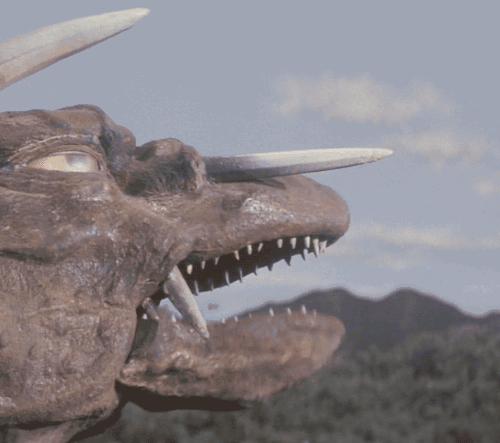
And to top it off, that spike on her tail isn't just for show! It's an ovipositor, a small needle like appendage present in some creatures (like parasitoid wasps, for example) which she uses to inject Gamera with her offspring. That's right, she's a mother, and Gamera is the unwitting baby daddy.
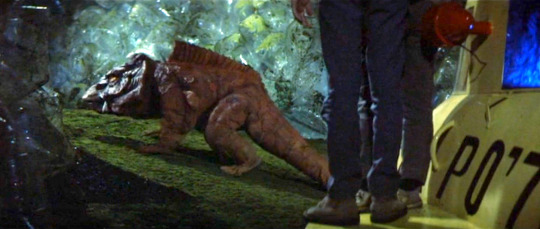
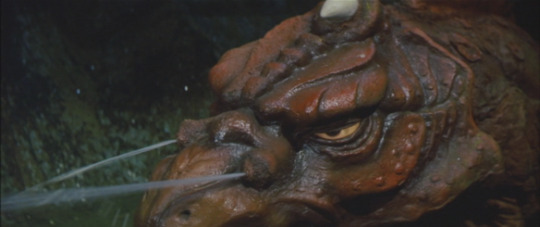
In an homage to 1966's Fantastic Voyage, two boys on a mini sub travel inside Gamera to remove the parasitic Jiger larva, and it's... Kind of adorable? It's a similar size to the small children and sprays a web-like substance from its nose, having not developed the solid saliva rockets yet, I suppose. Maybe it's just because I'm a big nerd and get excited over fun biology, but a silk-producing, parasitoid lizard is just too much fun for me to NOT be weird about. Has Bogleech talked about this one? This feels like it should have a Bogleech article if it doesn't already.
And I haven't even touched the wild magnetic suckers!
#jenny watches gamera#gamera#gamera vs jiger#jiger#tokusastu#toku#kaiju#gojiposting#goji#daiei#daiei film#bogleech
339 notes
·
View notes
Text

Daimajin finally finds the guys responsible for his splitting headache in Daimajin (1966).
77 notes
·
View notes
Text
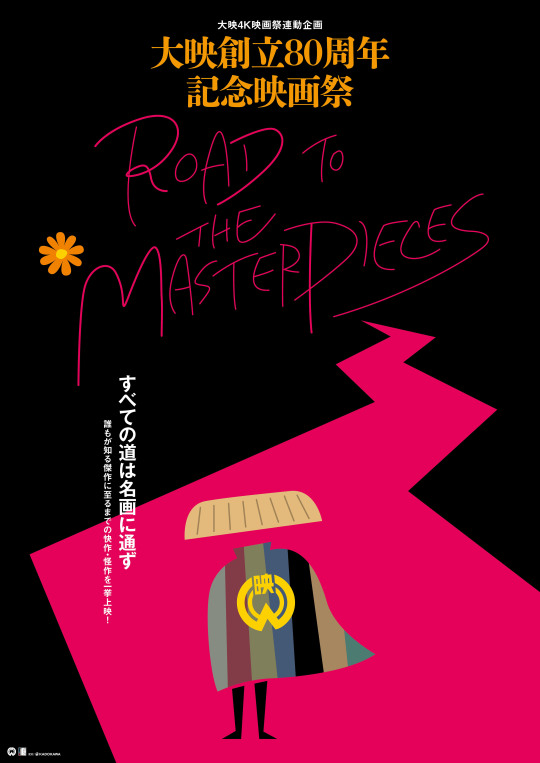
大映創立80周年記念映画祭 Road to the Masterpieces
Daiei 80th Anniversary Film Festival Road to the Masterpices
"Poster"
0 notes
Text
Gamera vs Guiron Gallery - Daiei Records

3 notes
·
View notes
Quote
"Warning From Space" would be notable as Japan's first color tokusatsu film. Just as Daiei beat out rival Toho's "Musashi Miyamoto" (1954) with 1953's "Gate of Hell" for their first color jidai-geki (Period Drama), their "Warning From Space" preceded Toho's effects releases that year by six months, Eastman color film stock, developed in the US in 1950, would be a pivotal took for tokusatsu filmmaking in the years to come. The Eastman stock's tones give "Warning From Space" a dreamlike quality.
J.L. Carrozza, “Japanese Special Effects Cinema: Godfathers of Tokusatsu: Vol. 1″ (2022).
#Eastman Color#Japanese Cinema#Japanese Science Fiction#Daiei Films#Warning From Space#Japanese Movies#Tokusatusu
0 notes
Text

★Daiei Film Studio: A Japanese film studio that existed from 1942 to 1971.
All except ITF occupations are available. There is also a university, but there are no student halls or buildings for extracurricular classes. The university in this town is a facility for The Professor Career and Nursing Degree.

Now, the housing shortage has finally become serious, so they demolished the fire station in front of the town hall and built apartments.
★日暮谷コーポ(Higuradani Kopo)★30×20

Hmm… As usual, this is an apartment with a store on the first floor (this is the third one).It's easy because it can be simplified in many ways lol.It can be completed in about two hours.
The first floor is a restaurant and stationery store.



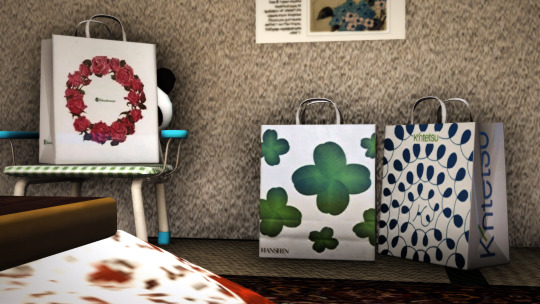
A paper bag from a Japanese department store. Edited by me.

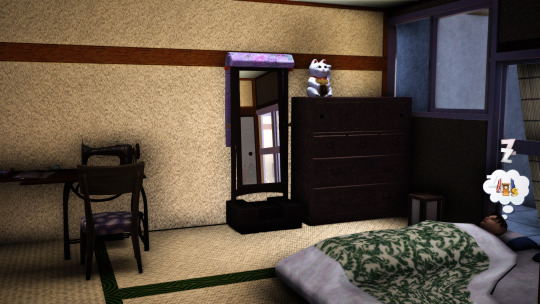


This time I edited a laptop based on a 1968 girls' manga. (There are also versions from AOT and old boys' manga.)

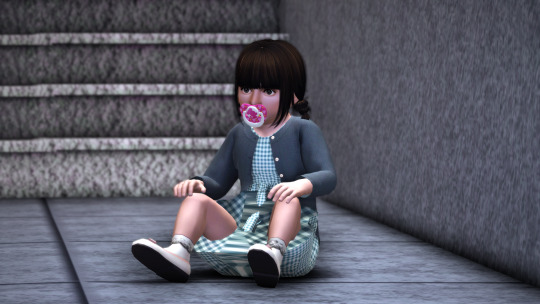
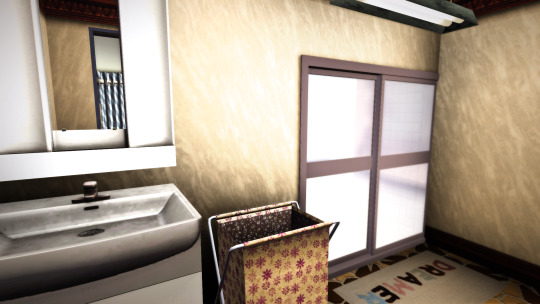

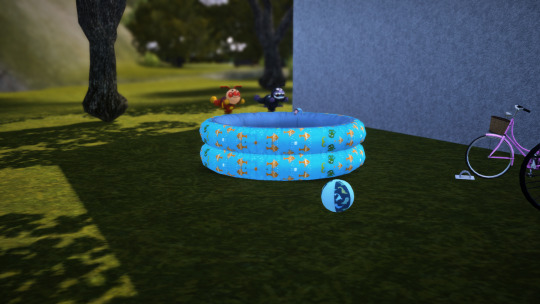



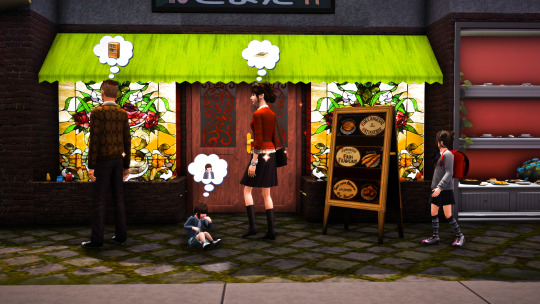
I don't use curtains because the height doesn't match the Japanese windows.
Couple Agnes and Eric and their children live here.
(I took this opportunity to make Erik the infant's father.)

☆I can’t write it all down, but I’m grateful to the many CC creators.☆
Thank you for always reading my posts!
See you next time.

#the sims3#sims3#ts3#ts3 screenshots#ts3 simmer#sims 3 gameplay#sims 3 simblr#sims 3 build#ts3 residential lot#ts3 japanese#ts3 oldtown
54 notes
·
View notes